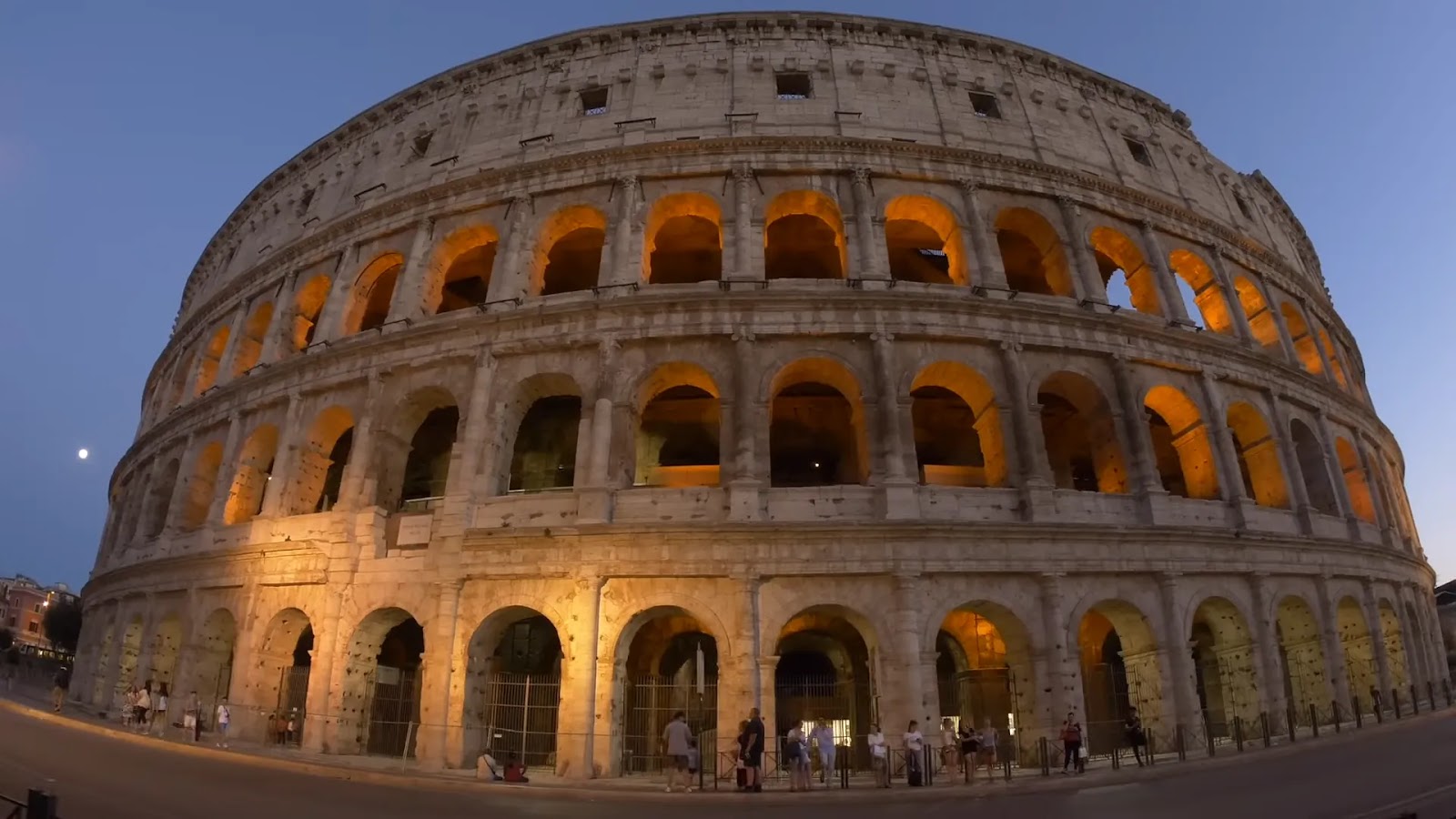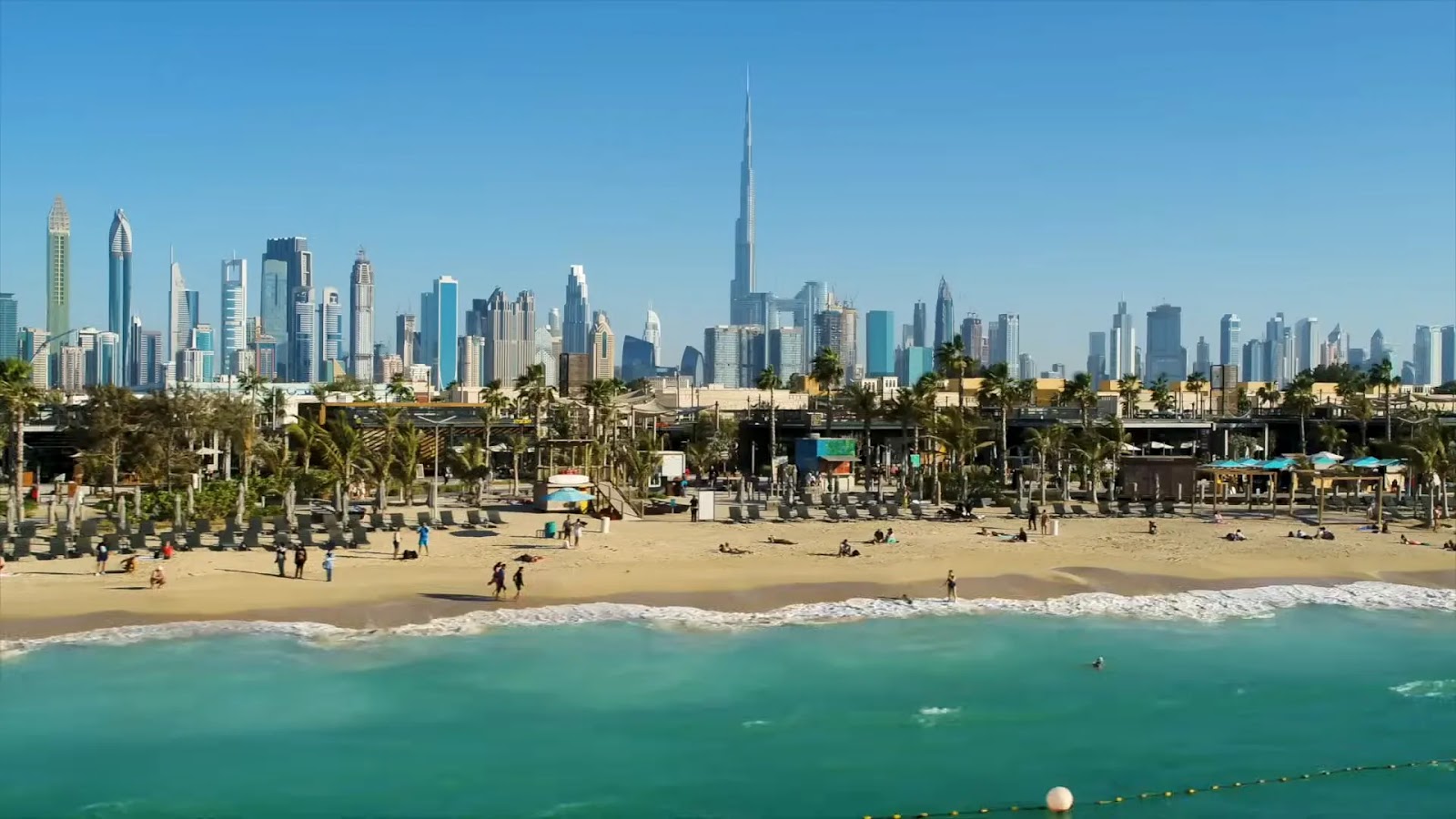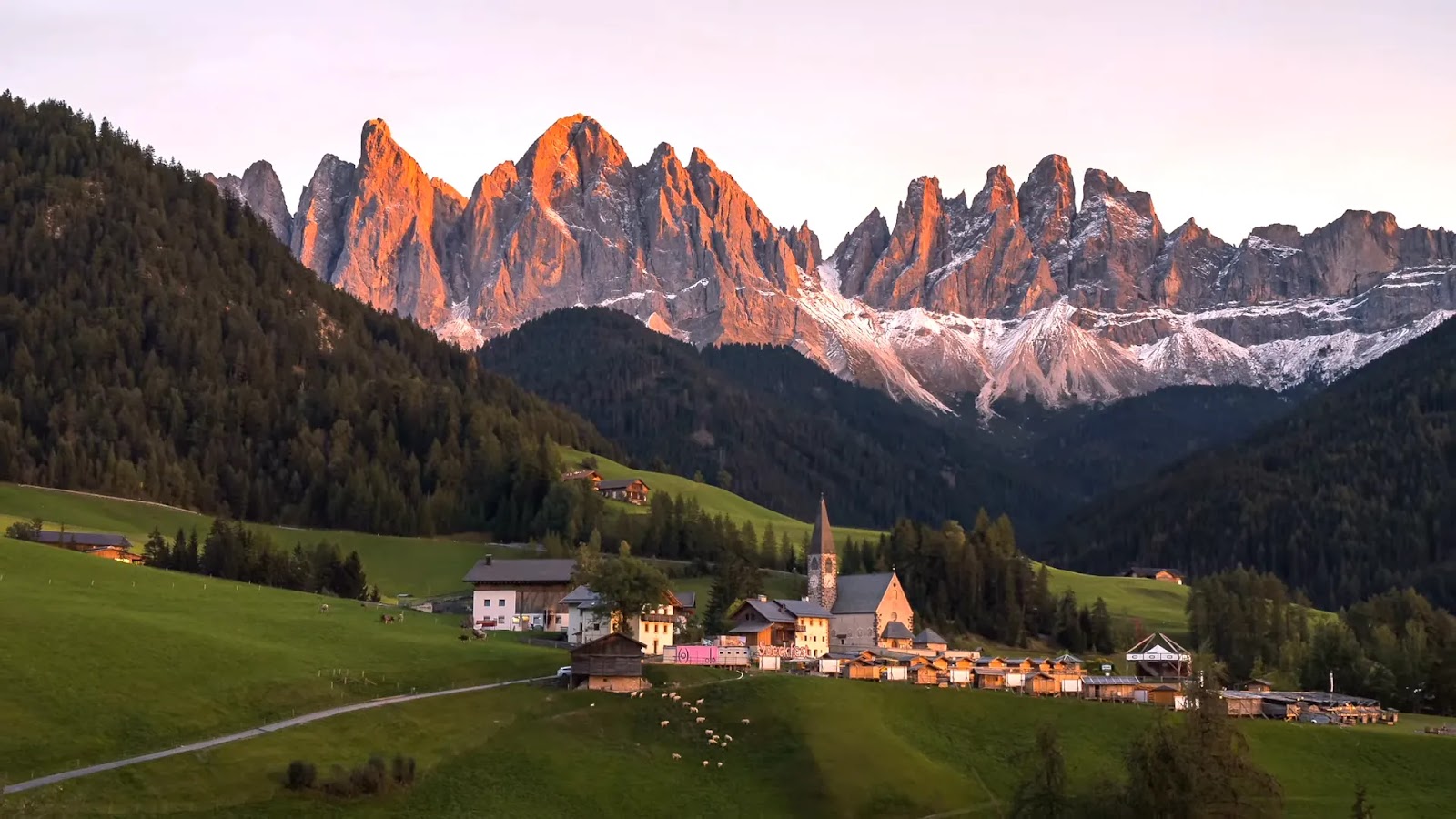The Perfect Two-Week Italy Itinerary: From Venice Canals to Tuscan Hills

Planning Your Dream Italian Escape
Italy offers a diverse range of experiences, from the snowy Dolomites to the stunning beaches of the south. This two-week itinerary is designed for first-timers, providing a taste of the country's highlights and ensuring an unforgettable experience.
Flights and Getting Around
Rome and Venice often offer the cheapest flights. Plan your itinerary based on your arrival city, as there's no wrong way to explore Italy. Train travel is efficient and comfortable, and booking online is recommended to secure the best deals. Consider upgrading to business class for added comfort on longer journeys. For exploring the Amalfi Coast, a scooter offers flexibility and convenient parking.
Venice: A City of Canals and Bridges (2 Nights)
Venice, built on islands in the Adriatic Sea, is a must-see. Explore the canals, enjoy delicious Italian food, and soak in the unique atmosphere. Consider staying on the mainland for more affordable accommodation options.
Must-Do Activities in Venice:
- Take a water taxi down the Grand Canal.
- Visit St. Mark's Square and Basilica.
- See the Bridge of Sighs and learn its history.
- Enjoy a takeaway pasta or panini by the canals.
- Indulge in some delicious gelato.
Rome: Ancient History and World-Class Food (3+ Nights)
Rome, the birthplace of the Roman Empire, is a city steeped in history. Explore its incredible historical sites, indulge in world-class food, and experience the vibrant city life.
Exploring Rome's Highlights:
- Toss a coin in the Trevi Fountain.
- Marvel at the Pantheon's architecture.
- Visit the Colosseum and Roman Forum.
- Take a food tour in Trastevere for an authentic culinary experience.
- Enjoy a takeaway pizza in front of the illuminated Colosseum at night.
The Amalfi Coast: Breathtaking Coastline and Cliffside Towns (3 Nights)
The Amalfi Coast boasts stunning scenery and charming towns. Explore the rugged shoreline, enjoy fresh seafood, and relax on picturesque beaches.
Experiencing the Amalfi Coast:
- Rent a scooter to explore the coastal roads.
- Visit Positano and enjoy its iconic views.
- Relax on the beach and take a dip in the sea.
- Take a boat trip along the coast or to the island of Capri (weather permitting).
- Savor fresh, local ingredients and try the limoncello.
Tuscany: Rolling Hills, Vineyards, and Charming Towns (3+ Nights)
Tuscany is known for its picturesque landscapes, vineyards, and charming towns. Explore the countryside, enjoy wine tasting, and experience the slower pace of life.
Exploring Tuscany:
- Drive through the rolling hills in a Fiat 500.
- Visit Val d'Orcia, a UNESCO World Heritage Site.
- Indulge in wine tasting at local wineries.
- Explore charming towns like Pienza.
- Enjoy the local cuisine and affordable groceries.
Florence: Art, Architecture, and Cooking Classes (2 Nights)
Florence, the capital of Tuscany, is a city rich in art and architecture. Explore its museums, admire the Duomo, and take a cooking class to learn the art of Italian cuisine.
Florence Highlights:
- Visit the Duomo and Giotto's Campanile.
- See Michelangelo's David at the Accademia Gallery (book in advance).
- Take a cooking class and learn to make pasta and tiramisu.
- Explore the city on foot and soak in the Renaissance atmosphere.
Lake Como: A Picturesque Retreat (1 Night)
Lake Como offers a tranquil escape with stunning views. Visit Bellagio, a charming town on the lake, and enjoy the peaceful atmosphere.
Lake Como Activities:
- Visit Bellagio and explore its charming streets and shops.
- Take a boat tour on the lake.
- Enjoy the scenic views and relax by the water.
Conclusion
This two-week itinerary provides a starting point for your Italian adventure. Feel free to adjust it based on your interests and budget. Italy is a country that will capture your heart, leaving you with unforgettable memories and a desire to return for more.
Planning Your Dream Italian Getaway
Italy, a land of captivating history, breathtaking art, and delectable cuisine, awaits your exploration. For first-time visitors, navigating this beautiful country can feel overwhelming. This guide provides essential tips and tricks to ensure a seamless and unforgettable Italian adventure.
Beyond the Tourist Trail
While iconic cities like Rome, Florence, and Venice are must-sees, Italy's 20 diverse regions offer a plethora of hidden gems. Venture beyond the well-trodden paths and discover charming villages, stunning landscapes, and authentic local experiences. Consider adding day trips to lesser-known towns near your main destinations for a truly immersive experience.
Avoid the peak summer months of July and August, when crowds swell and prices soar. Spring and fall offer pleasant weather, fewer tourists, and more affordable options. Some Italian cities are even more magical in the winter, offering a unique perspective with a fraction of the usual crowds.
Navigating Italian Transportation
Public transport is your best bet for intercity travel. Italy's train and bus network is efficient and affordable, connecting major cities and towns. Renting a car is recommended only if you plan to explore remote villages or natural areas.
Driving in Italy
If you choose to drive, opt for the smallest car possible to navigate narrow village roads. Purchase a vignette if driving into neighboring countries like Austria or Switzerland. Be aware of ""Zona Traffico Limitato"" (ZTL) zones in city centers, where driving restrictions apply and fines are common.
For bus travel, purchase tickets in advance from tobacco shops or newspaper stands. Train tickets should also be booked ahead, especially during peak season. Validate physical train tickets before boarding to avoid fines.
Embracing Italian Culture and Etiquette
Italy's cultural diversity is remarkable. Each region boasts unique traditions, dialects, and even culinary specialties. Embrace the local customs and avoid generalizations based on popular stereotypes.
Essential Phrases and Etiquette
Learn basic Italian phrases like ""Buongiorno"" (good morning/day), ""Buonasera"" (good evening), and ""Grazie"" (thank you). When visiting churches, dress respectfully, covering your shoulders and knees. Tipping is not customary in Italy, as a service charge is usually included in the bill.
Be prepared for a more relaxed pace of service in restaurants. It's customary for diners to request the bill, as servers typically won't bring it automatically.
Exploring Italian Attractions
Be prepared for ongoing restorations at historical sites. Scaffolding and closures are common, so check the status of attractions before your visit.
Beating the Crowds
Wake up early to experience popular attractions without the throngs of tourists. Sunrise visits offer a magical and uncrowded perspective. Book tickets in advance to avoid long queues and potential sell-outs.
Another strategy is to arrive just before closing time, when crowds have thinned out. Consider sunrise or after-hours tours for a truly unique experience, albeit at an extra cost. City sightseeing cards or attraction passes can offer significant savings if you plan to visit multiple paid attractions.
Upon Arrival in Italy
Be vigilant about pickpockets, especially in crowded areas. Familiarize yourself with common scams, such as the ""friendship bracelet"" or ""free rose"" tricks.
Accommodation and Other Tips
Hotels may request a copy of your passport upon check-in, which is standard practice. Expect to pay a tourist tax, typically ranging from €3 to €5 per night per person. Carry some cash for small purchases and public restrooms, which often require a small fee.
Don't be surprised by the variety of toilet flush mechanisms! Look around for buttons, pulleys, pedals, or other pressable devices.
Savoring Italian Food and Drink
Seek out restaurants with Italian menus, as English menus often cater to tourists. Avoid establishments with touts out front or photos on the menu.
Authentic Italian Cuisine
Dine away from major tourist attractions for better value and authentic cuisine. Explore regional specialties, which go far beyond pizza and pasta. Don't expect Americanized Italian dishes like spaghetti and meatballs or chicken fettuccine Alfredo.
Understand the structure of Italian menus. ""Menu"" often refers to a set meal, while ""antipasto,"" ""primi,"" ""secondi,"" ""contorni,"" and ""dolci"" represent different courses.
Be aware that restaurants often close between lunch and dinner. Make reservations for popular establishments, especially during peak season. Prices may be higher for table service compared to takeaway or bar service.
Embrace Italian coffee culture. ""Caffé"" (espresso) is typically consumed quickly at the bar. Cappuccinos are considered a breakfast drink. ""Latte"" means milk. Free water fountains are readily available, but water is rarely free in restaurants. Specify ""still"" or ""sparkling"" when ordering.
Enjoy ""aperitivo,"" a pre-dinner ritual involving drinks and snacks. Look for high-quality gelato in metal tins with natural colors, avoiding brightly colored, piled-high displays.
Conclusion
With these essential tips, you're well-equipped to navigate the wonders of Italy. Embrace the culture, savor the cuisine, and create memories that will last a lifetime. Share your own Italy travel tips in the comments below!



